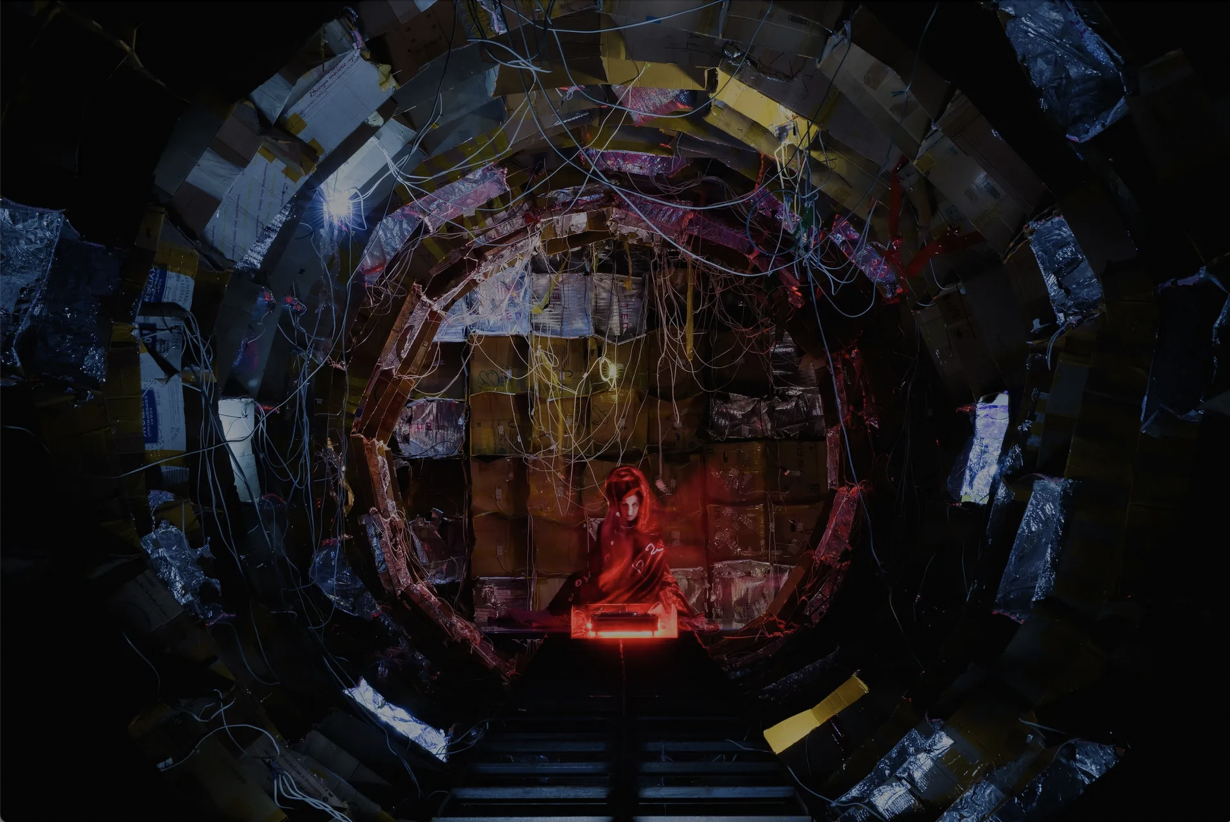
The Venice Biennale opens this week but the participation of two of national pavilions has been thrown into doubt. The Kazakhstan Pavilion faces problems with the transportation of work by the ORTA collective, leaving the pavilion largely empty for the Biennale’s opening days. The group’s work, an installation titled LAI-PI-CHU-PLEE-LAPA Centre for the New Genius, was travelling over land from the Central Asian country, organisers stated on social media, but is currently held up in long traffic jams on the Georgian border. Trucks are backed up as far as 25 km into Turkey due to diversions caused by the war in Ukraine. The artists said ‘We are of course incredibly disappointed, but compared to the greater tragedies unfolding elsewhere in the world, our own setbacks feel very minor.’
The collective had planned a series of performances as part of their presentation, which will continue to take place with the set made from locally sourced material. The group says it hopes to realise the full pavilion presentation by mid May.
Nambia’s participation has also been thrown into doubt, after protests from within the country’s art community, leading to funders pulling out just a week before the show. The pavilion was backed by Nambia’s tourist board but detractors say its anonymous artist, who is believed to be a white South African, is little more than a commercial sculptor providing metal garden artworks for safari lodges. ‘No acclaimed critical writing on his work could be found, and he has not exhibited at the level of a solo exhibition, or even in any group exhibitions, at the National Art Gallery of Namibia, or to our knowledge is present in any international collections,’ say the group Concerned Artists Namibia, on their Change.org petition.
Since the controversy, Italian collector Monica Cembrola, the pavilion’s main patron, as well as luxury travel company Abercrombie and Kent, have severed ties with the project.
The pavilion was organised by Marco Furio Ferrario, who protesters claim is associated with a lodge in the Purros Conservancy in the Kaokoland in Northern Namibia, where many of the metal garden sculptures can be found.